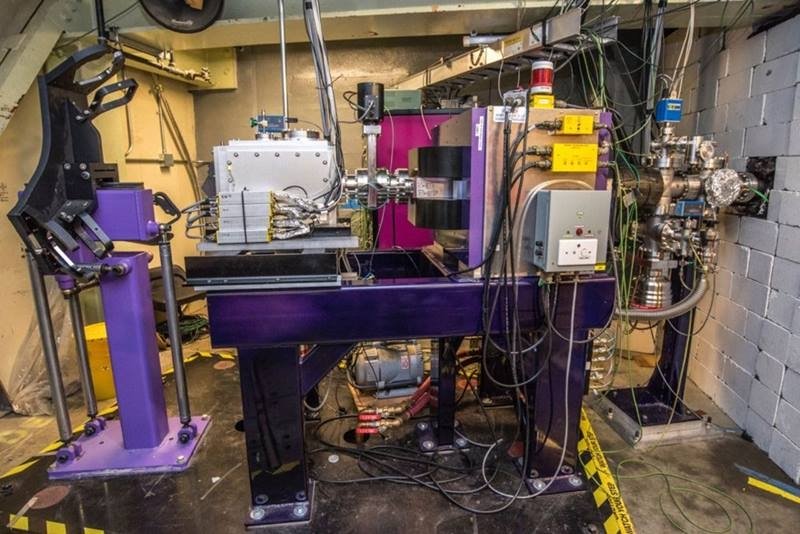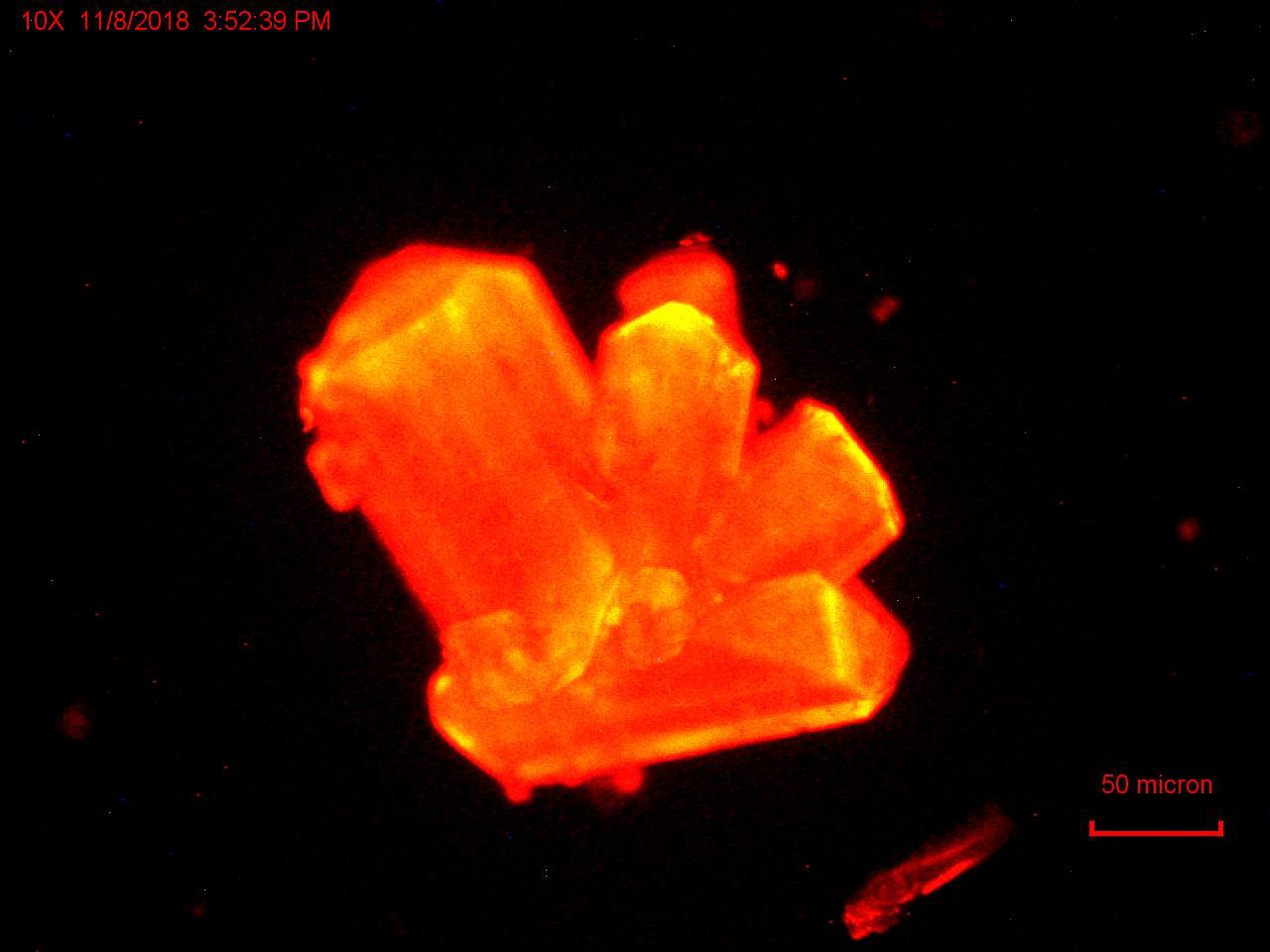Scientists at Berkeley Lab have demonstrated how to image samples of heavy elements as small as a single nanogram. The new approach will help scientists advance new technologies for medical imaging and cancer therapies.

news, journals and articles from all over the world.

Scientists at Berkeley Lab have demonstrated how to image samples of heavy elements as small as a single nanogram. The new approach will help scientists advance new technologies for medical imaging and cancer therapies.

Scientists investigate a process that recycles nuclear and electronic waste materials to extend their lifetime and reduce expensive and invasive mining.

Since element 99 – einsteinium – was discovered in 1952 at the Department of Energy’s Lawrence Berkeley National Laboratory (Berkeley Lab) from the debris of the first hydrogen bomb, scientists have performed very few experiments with it because it is so hard to create and is exceptionally radioactive. A team of Berkeley Lab chemists has overcome these obstacles to report the first study characterizing some of its properties, opening the door to a better understanding of the remaining transuranic elements of the actinide series.

Neighboring isotopes of the heaviest elements often have very similar properties. To differentiate these isotopes by their differing masses, scientists use a device called FIONA (For the Identification of Nuclide A) to measure the masses of heavy-element isotopes. For the first time, scientists have used FIONA to discover a new heavy-element isotope, mendelevium-244.

An international team of researchers has demonstrated how curium — element 96 in the periodic table and one of the last that can be seen with the naked eye — responds to the application of high pressure created by squeezing a sample between two diamonds.